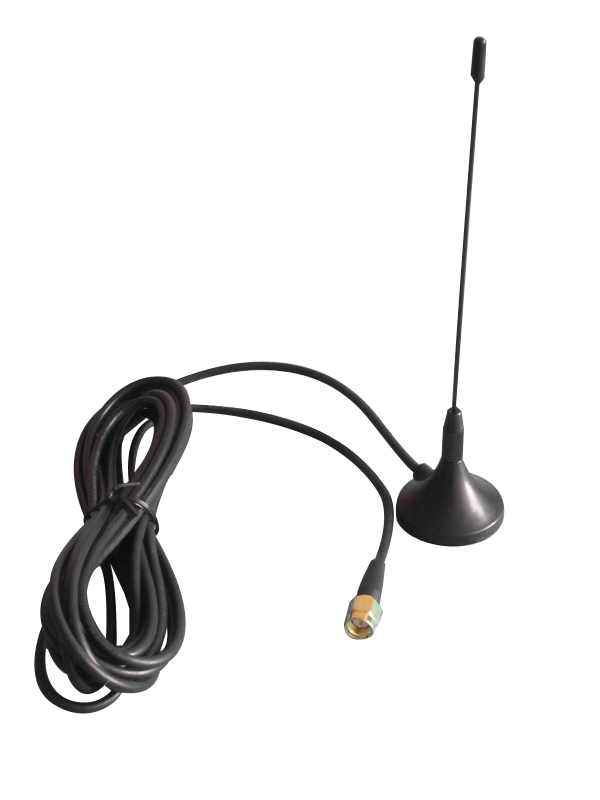This application note explores the trends in light-emitting diodes ( LEDs ) in general-purpose lighting applications, compares the performance of LEDs with other lighting technologies, and analyzes the design of LED lights and the major challenges in replacing existing lighting solutions.
LED lighting trends
Light-emitting diodes (LEDs) are a rapidly evolving technology that is being widely used in many general-purpose lighting applications, often referred to as solid-state lighting. Typical applications for LED lighting are: indoor lighting (for commercial, industrial and residential environments), outdoor lighting (street lights, parking lot lighting), and architectural, decorative lighting, etc. Initially, LEDs were used because they were capable of emitting color throughout the spectrum. For decorative lighting.
In some cases, LEDs have become an effective solution for architectural lighting. Compared with other lighting technologies, LEDs have superior performance and thus become the mainstream solution for the current general lighting market:
1. LEDs have a longer life than other lighting technologies. LEDs have a working life of up to 50,000 hours, while incandescent lamps have a lifespan of only 1,000 to 2,000 hours, and compact fluorescent lamps (CFLs) have a lifetime of about 5,000 to 10,000 hours. The significant advantages in service life make LEDs ideal for commercial and industrial applications that require significant labor costs to replace lighting.
2. Energy efficiency is better than incandescent and halogen lamps, equivalent to fluorescent lamps. In addition, the efficiency of LEDs is also increasing; the efficiency of white LEDs (WLEDs) is expected to increase by about 50% in the next three to four years.
3. Smaller form factor. LEDs are the same size as MR16 and GU10, and CFLs are not suitable for this type of application.
4. Brightness adjustment can be provided with a suitable driver. Fluorescent lamps are technically limited for applications that require brightness adjustment. Despite the similar problems with traditional LED designs, Maxim's innovative LED driver solutions are compatible with TRIAC dimming and trailing edge dimming.
5. Has a strong directionality of illumination. Unlike other lighting technologies, LEDs are ideal for applications that require directional lighting, such as small angle reflectors.
6. Higher efficiency at lower temperatures. The operating efficiency of fluorescent lamps decreases at low temperatures. In contrast, LEDs are ideal for low temperature work environments such as refrigerator lights.
7. Easily change the color of the glow. This advantage makes RGB LEDs ideal for architectural and scene lighting, allowing you to change the color of the lights in real time, depending on your requirements.
The Description of Gsm Magnetic Antenna
GSM Magnetic Antenna Features :
Vehicle exterior antenna. Multi-band versatility.
Easy to install and use.
Lightweight and weatherproof.
Good quality. Keep it in place while traveling.
Simply transfer from one car to another.
More signal for your phone when you are driving.

The Specifications of GSM Magnetic Antenna
* Frequency range: 900-1800MHz.
* Bandwidth: 70/170MHz.
* Gain: 3 -5dBi.
* VSWR: ≤2.0.
* Input Impedance: 50Ω
* Maximum input power: 50W
*Wire length: 3M/Customized
* Input connector type: SMA Male/Customized.
*Operating temperature: -40~60ºC
*Polarization: Vertical
*Mounting way: Magnetic adsorption
GSM Magnetic Antenna
Gsm Magnetic Antenna,Magnetic Base Antenna,GSM Magnetic Base Antenna,Magnetic Car Antenna
Shenzhen Yetnorson Technology Co., Ltd. , http://www.yetnorson.com